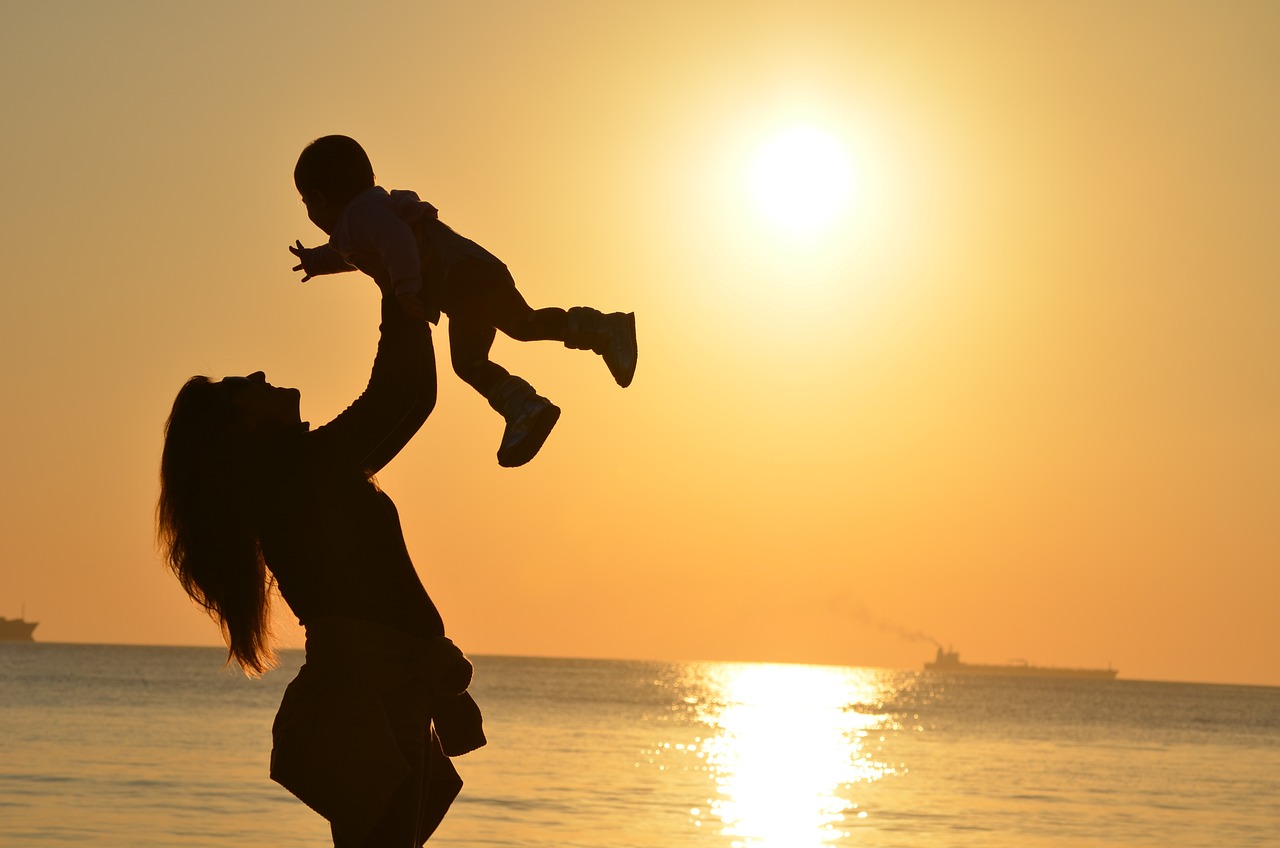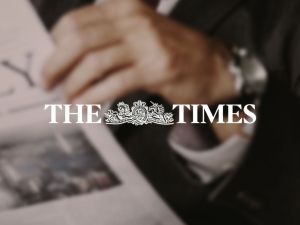The Junior ISA allowance for the 2025-26 tax year is £9,000. It’s the third year the allowance cap has stood at that amount. It almost doubled at the beginning of the 2019-20 tax year when it rose from £4,368 by £4,362 to its new and current high of £9,000.
| Who is eligible for a Junior ISA? | Any child under the age of 18, who is a UK resident and does not have a Child Trust Fund (CTF) |
| Are Junior ISAs transferable? | Definitely, parents can transfer their child’s junior ISA to a different provider |
| Can my child withdraw money from their Junior ISA before they turn 18? | No, the funds in a Junior ISA cannot be accessed until the child turns 18. |
| What is the current Junior ISA allowance 2024/25 limit? | £9,000 |
How the Junior ISA allowance has changed over time
The Junior ISA, or JISA for short, was first launched in November 2011. It was brought in to replace Child Trust Funds (CTFs). The Child Trust Fund was a tax-free savings vehicle for kids born during the period between the 1st of September 2002 and the 2nd of January 2011.
Low-income families that opened CTFs were given £250 by the government when the child was born and another £250 when the child turned 7.
The government decided to scrap CTFs in favour of the Child’s Junior ISA, and the CTF was taken off the market. However, according to Times Money Mentor, 6.3 million CTFs still remain in place.
While new accounts can no longer be opened, parents or guardians, or anyone for that matter, can still contribute up to £9,000 per annum to previously opened CTFs. Alternatively, they can be transferred into a Junior ISA without affecting the current Junior ISA allowance for 2024-25.
The main reason that CTFs were scrapped was as part of the austerity measures introduced by the UK government to save £320 million in 2010-11 and £520 million in 2011-12 in the wake of the 2007/08 global financial crisis.
Prior to the current JISA limit of £9,000, the table below shows how the Junior Asa annual allowance has progressed.
| Tax Years | Annual Allowance |
| 2011 to 2013 (2 tax years) | £3,600 |
| 2013 to 2014 | £3,720 |
| 2014 to 2015 | £4,000 |
| 2015 to 2017 (2 tax years) | £4,080 |
| 2017 to 2018 | £4,128 |
| 2018 to 2019 | £4,260 |
| 2019 to 2020 | £4,368 |
| 2020 to 2026 (6 tax years) | £9,000 |
As you can see, the annual allowance for the current 2024-2025 tax year is £9,000 and has been for the past five tax years. For the avoidance of doubt, the tax year commences on the 6th of April and ends on the 5th of April of the following year.
Understanding Junior ISA contribution limits for 2025-26
There are two variants of Junior ISA – the Cash Junior ISA and Junior Stocks and Shares ISAs. So how does the Junior ISA allowance 2025/26 work?
The current Junior Isa Allowance 2025/26 is the maximum that can be contributed across both types of Junior ISA savings accounts. So, if you contributed £9,000 into a Cash JISA, you couldn’t contribute anything to a Stocks and Shares JISA in the same tax year, but you could split the £9,000 JISA limit between the two, in whatever proportion you decide.
If, as part of your parental responsibility, you decide to open both types of JISA, you cannot do so in the same tax year. You can open one type of JISA this tax year (2025-26) but must then wait until the tax year runs out on the 5th of April before you’re allowed to open the other type of JISA the next tax year (2026-27), commencing 6th April 2026.
The two types of Junior ISA
Having just mentioned the two types of JISA, a little clarification of the differences between the two might help if you’re thinking of investing in a JISA but are not sure which option to go for.
When you open a Junior ISA, in as much as the Junior ISA allowance for 2025-26 is the same for both types, and the money saved or invested belongs only to the child. The other thing that remains the same is that nothing can be withdrawn until the child reaches 18.
The big differences between the two types of accounts lie in the level of risk and the likely return.
The Cash ISA explained
A Cash Junior ISA is more akin to a bank savings account. The money is safe from a risk point of view and is protected from HMRC in terms of capital gains and income tax. But like a bank savings account, the interest offered is low, which means that inflation erodes the savings in real terms.
The Stocks and Shares ISA explained
A stocks and shares, or investment JISA, as the name suggests, invests in stocks and shares, not cash. It means there is a greater potential for significantly bigger returns, but a risk element must be considered.
While the rules for the Junior ISA options available are different – for example, whereas the current Junior ISA maximum contribution is £9,000, the adult ISA allowance is £20,000 – the mechanics of how they work, however, are the same. To help with decision-making, an article entitled “How to choose the best ISA” makes for informative reading.
What happens if you contribute more than the Junior ISA allowance
Junior ISAs work as tax wrappers. Capital growth and withdrawals are safe from the taxman as long as annual contributions stay within the JISA limit, which, as you know, for the 2024-25 tax year is £9,000. Any contributions above £9,000 will be taxable.
Top tips for maximising your child’s Junior ISA allowance
The Junior ISA allowance for the 2025-26 tax year or any tax year cannot be rolled over in part or full, so if you don’t use it, you lose it.
You can make sure to optimise the maximum Junior ISA allowance by making a note that the last day to invest in any ISA in any tax year is the 5th of April. You don’t want to leave it to the last minute, just in case the processing time takes longer than anticipated, and you unintentionally miss out. Making a timely, monthly, or yearly standing order ensures the deadline doesn’t pass you by.
If your child has both types of JISA and you want to amalgamate them to maximise performance, an ISA transfer is easy to arrange.
A great way to start investing
If you know how much to invest in an ISA and make the most of the Junior ISA allowance 2025/26 and every other year going forward, compound interest will ensure the fund grows well. If you do decide to save money for a JISA, you will be potentially giving your child the best financial start in life, plus you might also influence them into adopting the saving or investing habit.
When a child turns 18, the JISA automatically turns into an adult ISA, and the child gains complete access and can withdraw some or all of the money or continue to invest. In fact, many adult Stocks and Shares ISAs start as Junior ISAs.
Anyone can contribute to a child’s Junior ISA, including grandparents, relatives, and friends. However, the total amount of contributions should not exceed the annual Junior ISA allowance 2025/26 limit of £9,000.
Yes, you can contribute to both types of Junior ISA accounts as long as the total amount of contributions across both accounts doesn’t exceed the annual Junior ISA allowance of £9,000.
The annual Junior ISA allowance 2025/26 limit is £9,000. Any amount above the annual limit will not be eligible for tax-free benefits.
*As with all investing, financial instruments involve inherent risks, including loss of capital, market fluctuations and liquidity risk. Past performance is no guarantee of future results. It is important to consider your risk tolerance and investment objectives before proceeding.





